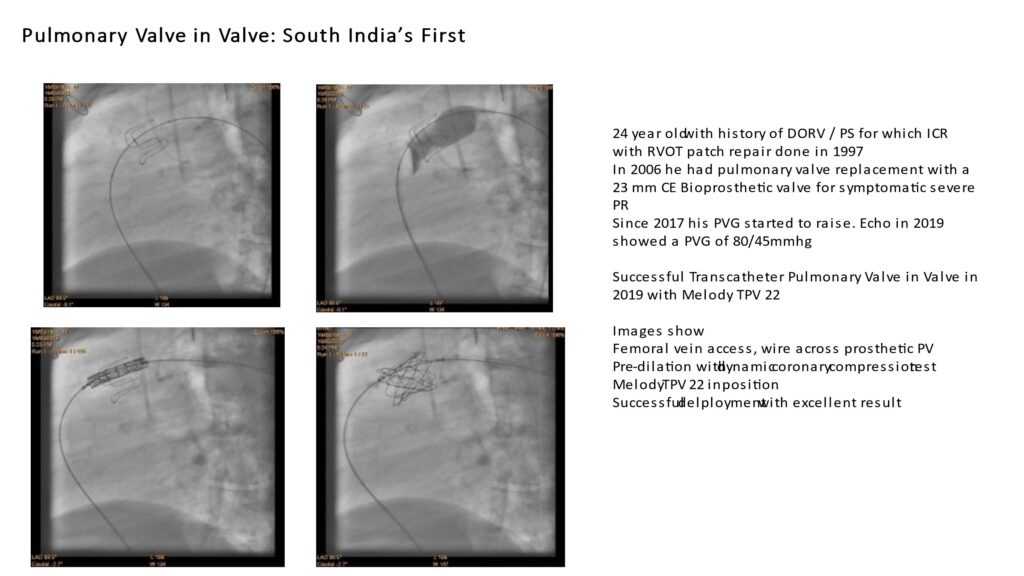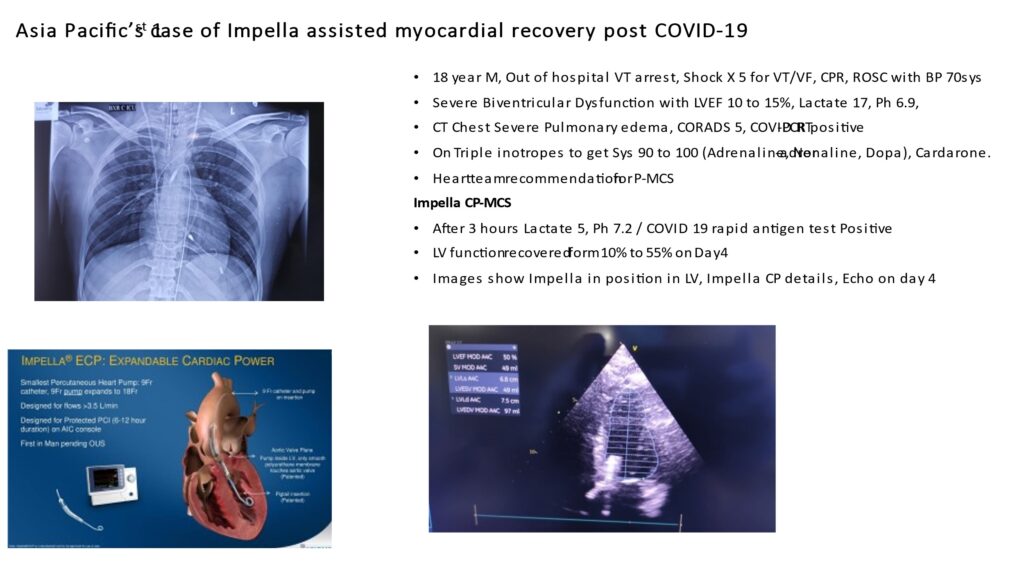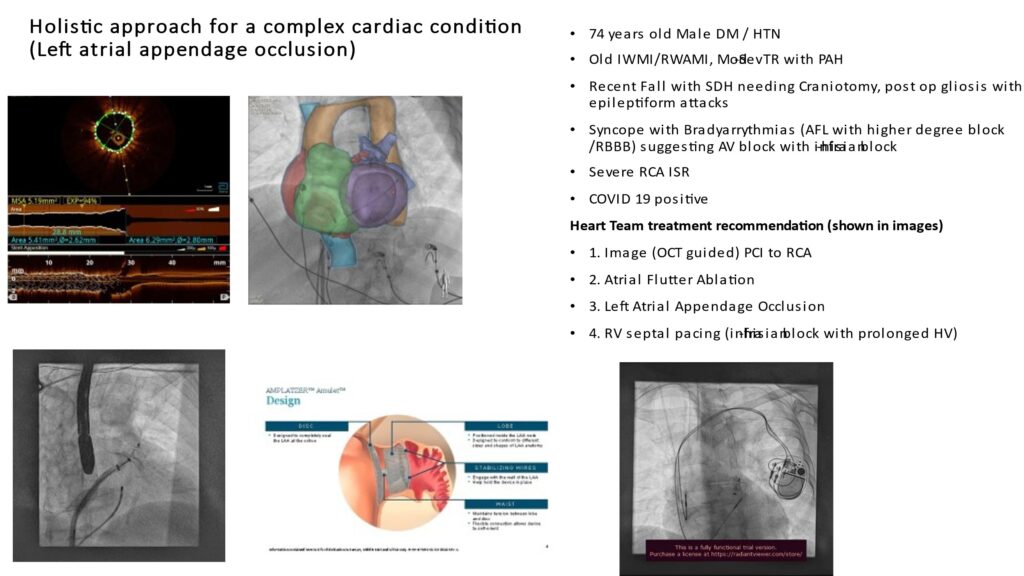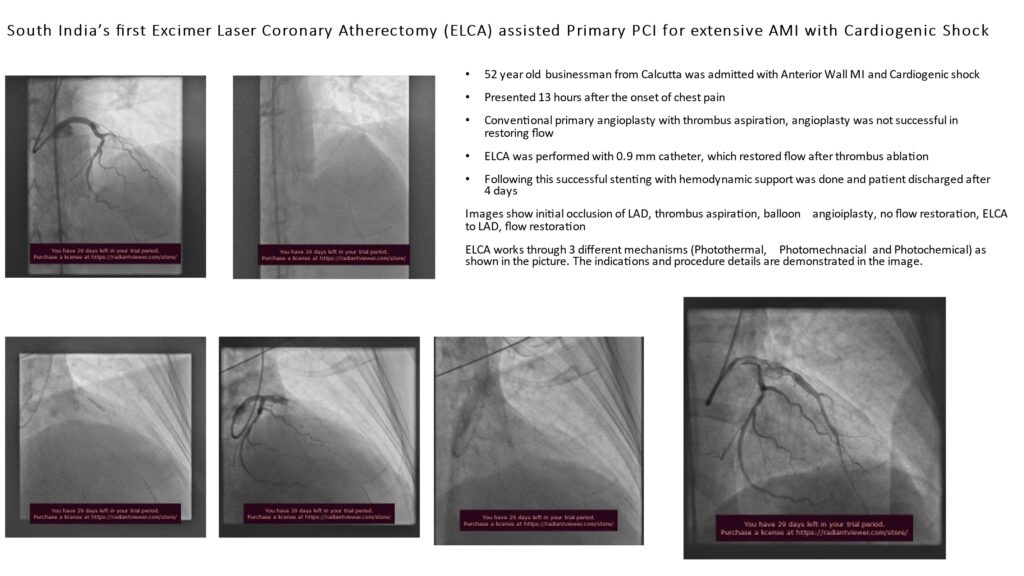Advancements in diagnostics, devices and technology have helped to develop newer transcatheter techniques to treat heart conditions without surgery in patients who could not be operated on due to their advanced age and multiple other comorbidities and were considered as ‘no option’ patients and because of these conditions were left to suffer and die. This has given new hope to these patients. In this article, we will review some of the transcatheter techniques that have been of great help, especially during the COVID-19 pandemic.
- Transcatheter Heart Valve Replacement
- Transcatheter Leadless Pacemaker System
- Excimer Coronary Laser Atherectomy
- Percutaneous Mechanical Circulatory support
- Left Atrial Appendage Occluder
Transcatheter Heart Valve replacement
Transcatheter heart valve (THV) intervention has transformed the outcomes of patients with valvular heart disease who otherwise could not have surgery. With the advancements in technology and increasing expertise with good outcomes, the indications for these procedures have shifted from very high & high risk patients to moderate & low risk patients. The case examples below show successful THV intervention for native valve aortic stenosis and failed bio prosthetic surgical valves (Valve in Valve THV) in aortic, mitral and pulmonary positions. The image shows the currently available THV devices for the different valve positions

TAVR (Native Valve Aortic Stenosis)
 TAVR (Valve in Valve)
TAVR (Valve in Valve)

TPVR (Valve in Valve)

TMVR (Valve in Valve)

Transcatheter Leadless Pacemaker System
The Micra Transcatheter Pacing System (TPS) is the world’s smallest pacemaker delivered percutaneously via a minimally invasive approach directly into the right ventricle and does not require the use of leads. This enhances patient experience with no scar and fewer restrictions post-implant, no pocket related issues like hematoma, infection or erosion, and the elimination of lead related issues like fracture, venous thrombosis, and infections. For patients with aortic stenosis and heart block MICRA works in perfect harmony with TAVR as shown in this India’s first case done under our care.

Excimer Laser Coronary Atherectomy

Percutaneous Mechanical Circulatory Support
This process is based on the use of an Impella device which is a miniaturized catheter based ventricular assist apparatus. It is placed in the left ventricle, across the aortic valve, by using a retrograde femoral artery access. The device helps in maintaining systemic circulation by pumping blood from the left ventricle into the ascending aorta at a rate of between 2.5 and 5.0 L/min. This helps to maintain systemic circulation while unloading the left ventricle. The common indications are cardiogenic shock and facilitating complex angioplasty. The case below (Asia Pacific’s 1st case) demonstrates the successful heart recovery of post-COVID-19 myocarditis with cardiogenic shock.


Left atrial appendage occluder (LAAO)
LAAO is introduced as an alternative to anticoagulation or NOAC in AF patients in whom they are contraindicated. The case below demonstrates how the technology and devices helped in complex cardiac conditions during the COVID pandemic

 Dr R Anantharaman, MBBS, MRCP(UK), FRCP(UK), CCT Cardiology (UK)
Dr R Anantharaman, MBBS, MRCP(UK), FRCP(UK), CCT Cardiology (UK)
Senior Consultant Interventional Cardiologist
Lead for Transcatheter Heart Valve Therapy and ACCIST Centre
Kauvery Hospital Chennai
